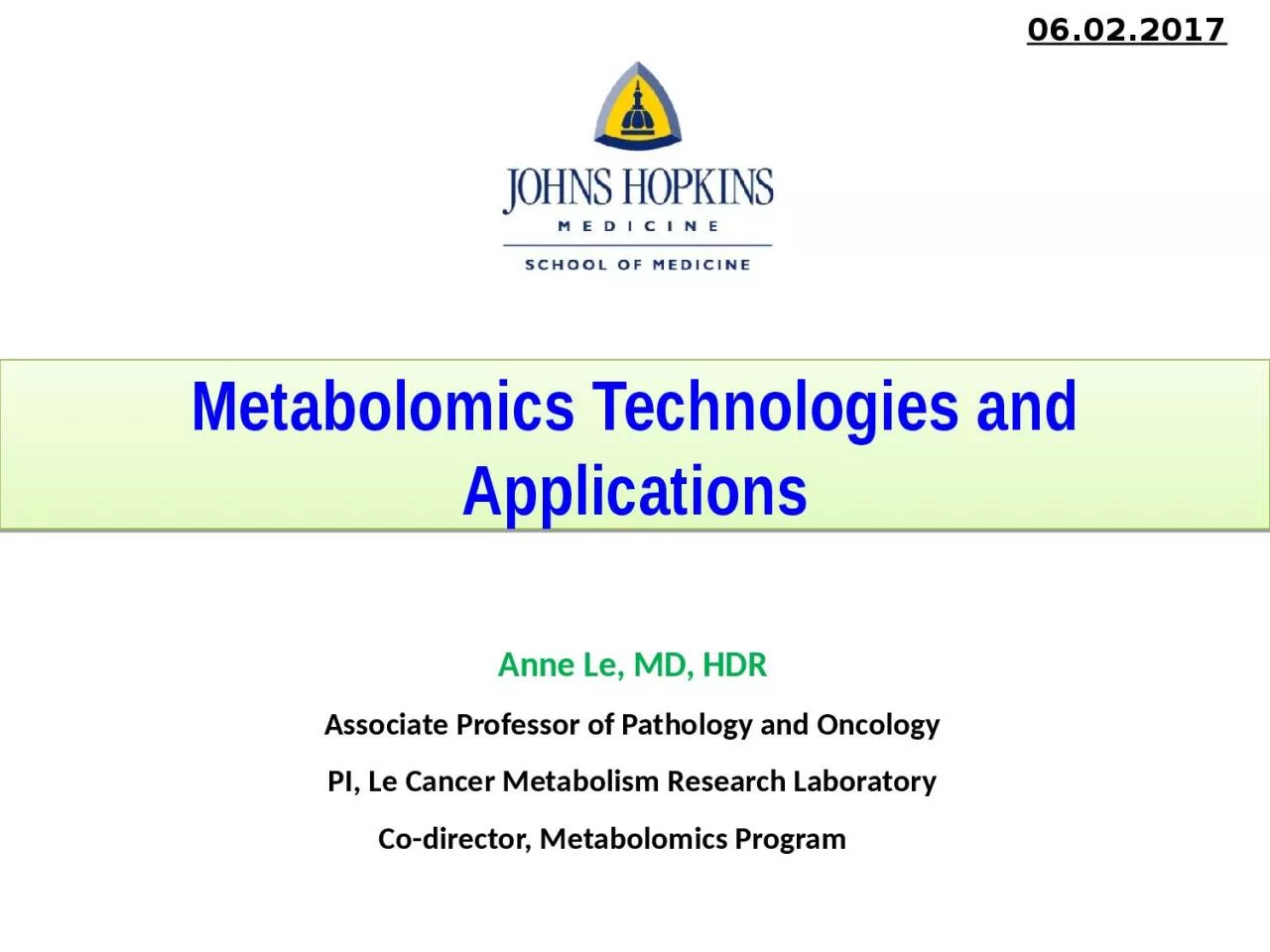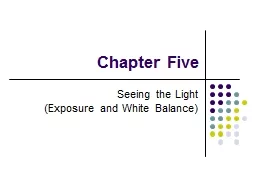PPT-Anne Le, MD, HDR Associate Professor of Pathology and Oncology
Author : Mysticlover | Published Date : 2022-08-03
PI Le Cancer Metabolism Research Laboratory Codirector Metabolomics Program 06022017 Metabolomics Technologies and Applications Resources available on campus
Presentation Embed Code
Download Presentation
Download Presentation The PPT/PDF document "Anne Le, MD, HDR Associate Professor ..." is the property of its rightful owner. Permission is granted to download and print the materials on this website for personal, non-commercial use only, and to display it on your personal computer provided you do not modify the materials and that you retain all copyright notices contained in the materials. By downloading content from our website, you accept the terms of this agreement.
Anne Le, MD, HDR Associate Professor of Pathology and Oncology: Transcript
Download Rules Of Document
"Anne Le, MD, HDR Associate Professor of Pathology and Oncology"The content belongs to its owner. You may download and print it for personal use, without modification, and keep all copyright notices. By downloading, you agree to these terms.
Related Documents














